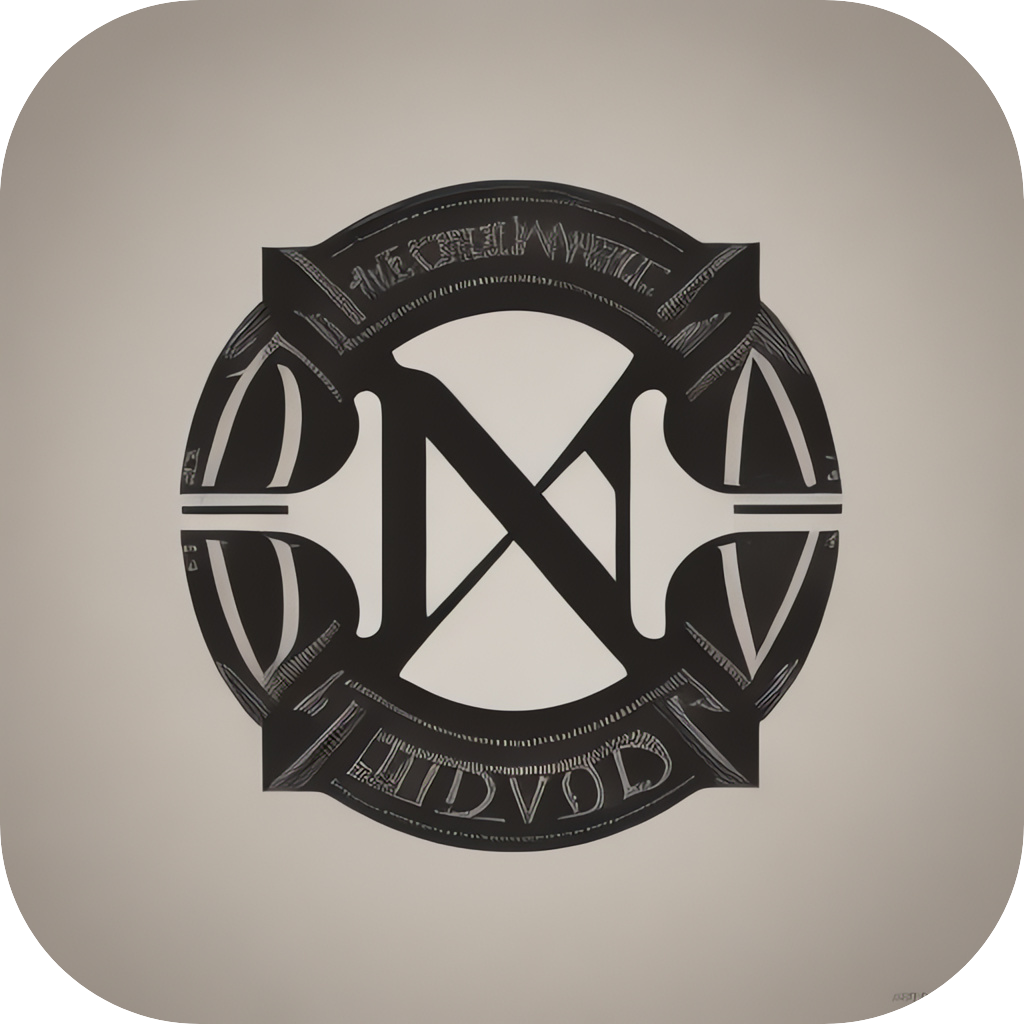Markdown is more than just a simple text formatting language. It’s a highly efficient tool for organizing, structuring, collaborating, and presenting content, especially in the digital age where many write up text documents for personal notes, project planning, or publishing on websites. Mastering Markdown can truly boost one’s productivity and streamline various aspects of note-taking and project management. Below is an ultimate guide to comprehending and utilizing Markdown effectively so you can reap its benefits in your daily life.
### Understanding the Basics
Markdown is designed to be both readable and writeable in plain text. Its syntax is inspired by natural language, making it intuitive for most writers, regardless of their technical background. Key concepts in Markdown include:
– **Heading and Subheadings**: Utilize the pound symbol `#` to denote headings. For example, `# Heading` produces the main heading, and `## Subheading` generates a subheading. This structure allows for easy skimming and organization of content.
– **Text Formatting**: Emphasize text with underscores `_` for italics and asterisks `*` or double asterisks `**`. For bold text use three underscores `_ _ _` or asterisks `***`. This feature enhances readability by clearly distinguishing important points or phrases without cluttering the page.
– **Lists**: Organize items using the dash `-`, asterisk `*`, or plus `+` to create bullet points. For numbered lists, simply put a number followed by a period and the dash, example 1. Item 1.
– **Linking Text**: Create links by typing the URL followed by a set of brackets `[ ]` or square brackets `[ ]`, and then the title in parenthesis. This allows the document to go directly to the link’s destination without needing HTML.
– **Code Blocks**: Surround your code or multi-line blocks of text with three backticks “ ` “ to keep them formatted and easily distinguishable from the surrounding text.
### Advanced and Creative Applications
While the basics give you a robust toolkit, leveraging Markdown’s less well-known features can significantly enhance its utility:
– **Tables**: Create data tables by using pipes `|` to separate columns and double pipes `||` between columns, which is particularly handy for organizing complex information succinctly.
– **Horizontal Rules**: For stylistic purposes, add horizontal lines – `***` – to your document to draw attention to important sections or divide content.
– **Escaping Characters**: In case you need to use a character that Markdown typically would interpret, you can escape it by preceding it with a backslash `\`. This is very useful for certain typesetting needs.
### Collaborating with Markdown
Markdown is a powerful ally for collaborative work, thanks to its universal text nature and the abundance of tools that support it:
– **GitHub and Git**: Documents edited in Markdown can be used as part of projects on GitHub, where comments and versions are tracked, making it indispensable for software development.
– **Slack and Discord**: With plugins, Markdown helps enhance the formatting of messages in these platforms, ensuring clarity and emphasis are applied appropriately.
– **Jupyter Notebooks**: Ideal for academic and research writing, Markdown combines the text with Python code execution and output, making it a versatile tool for scientific and technical documentation.
### Conversion Capabilities
One of Markdown’s strengths is its universality. Most modern text editors, operating systems, and publishing platforms offer features to convert Markdown files into a wide range of formats, including HTML, PDF, DOCX, and others, as the need arises. This versatility makes Markdown a cross-platform and adaptable tool for various use cases, from technical writing to academic publishing, from personal note-taking to collaborative project management.
### Conclusion
Mastering Markdown involves learning not just its syntax but understanding its flexibility and applications across different contexts. It’s about utilizing Markdown not merely for its simplicity but for its ability to enhance clarity, organization, and efficiency in your work. By embracing Markdown, you’re equipping yourself with a tool that bridges the gap between creativity and functionality in digital communication, making your projects and tasks not just easier to handle but also a joy to navigate and manage.
